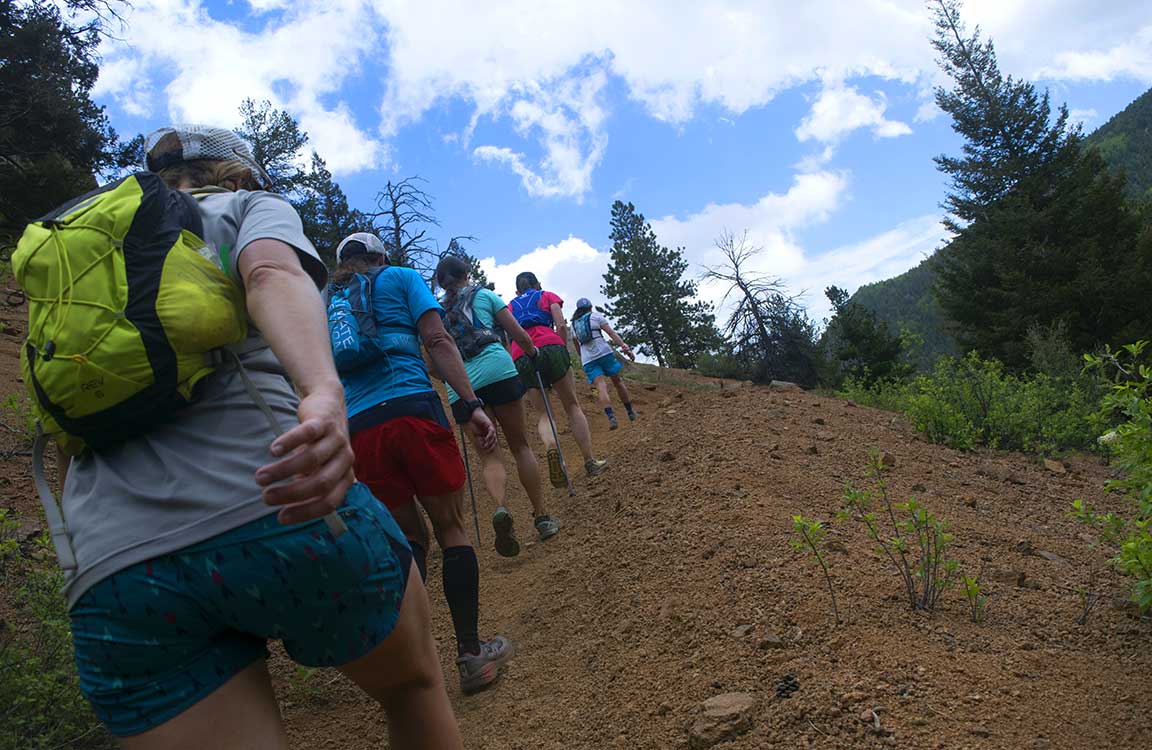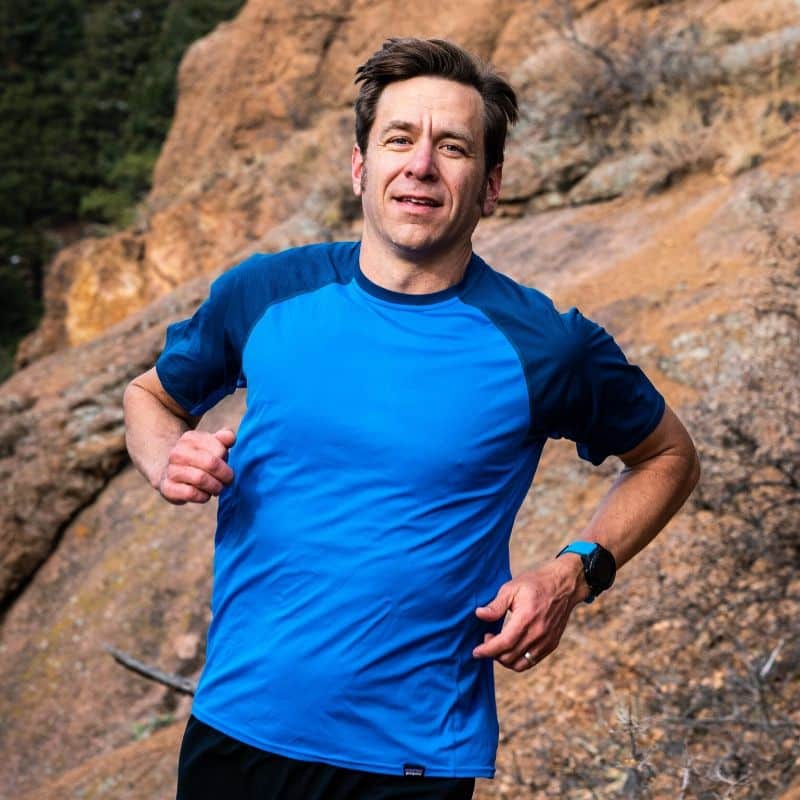
The New Ultramarathon Runner’s Four Year Training Plan
By Jason Koop
CTS Coaching Director
Author “Training Essentials for Ultrarunning”
All athletes would be well served to take at least a four-year view of their training and goals. Sure, athletes will have goals and events within the coming 12, 9 or 6 months, and it is necessary to get ready for those events. But, I have always found that as a coach, looking beyond the next race is a pivotal key to success and longevity. The approach outlined below is what I use with the athletes I work with. More than once it has culminated in a once-in-a-lifetime performance; perhaps it can do the same for you.
Year One – Learn
For better and worse, endurance training is cumulative. On the positive side, this means the work you’ve done up to now has been gradually building upon itself, creating your current capacity. There’s no substitute for experience because there is no shortcut to building that foundation. The downside is, of course, when you’re new to endurance sport you have to be patient while building the foundation. Ramping up training workload to match your newfound enthusiasm is a recipe for over-use injuries.
A wise approach to Year One is to focus on learning and experiencing as many of the non-running aspects of the sport, while gradually increasing the volume of your own training. Go to a lot of races and get involved. Be a course or aid station volunteer. Watch the medical personnel treat runners. Be a pacer. Crew for other runners. Make friends and create relationships in the ultrarunning community, ask a ton of questions, learn everything you can and don’t be afraid to make mistakes.
You may not be able to accelerate your development curve in terms of physical training, but you can absolutely accelerate your learning curve.
Year Two – Train
Year two is about building the physical toolbox, and to do this, you have to train. With a year of generalized ultradistance training in the bank, it’s time to pick a goal event and commit to a long training buildup. This is often the year I encourage athletes to enter their first 100-miler, but perhaps not the hardest 100-miler they can find. Compared to Year One, athletes should also complete more events, including trail marathons, 50km, and 50-mile races. These events are key for developing the race-day habits you’ll need for your goal event. Racing also helps you discover the types of events you enjoy most (mountains, forests, desert, technical, high altitude, sea level, etc.).
For athletes whose long-term goals include events with lotteries, these first two years are also time to complete pre-requisites or activities that improve the odds of gaining an entry. These include racking up event finishes, volunteering at races, and trail work.
Year Three – Challenge
Year Three is a great time to go big. This is the year I encourage runners to set an audacious goal and challenge themselves to do something they might have not though possible in Year One. If the first two years were somewhat conservative in an effort to gain fitness and experience gradually, Year Three is the time to take bigger risks. If you finished your first 100-miler in Year Two, leverage that experience by pushing yourself to complete a race with additional challenges, like more climbing, higher elevations, or greater heat. These aren’t hardships just for the sake of hardship, but rather they are further steps in the process of learning to adapt to challenging conditions.
► Free Ultrarunning Training Assessment Quiz
Take our free 2-minute quiz to discover how effective your training is and get recommendations for how you can improve.
Year Four – Optimize
Four years is a long time to wait for anything. But, if you’ve been patient, by this time you are ready to make a breakthrough. Year Four is when you dial in all the details with the goal of setting personal bests, winning a race, placing as high as you can in your age group and optimizing your performance. For aspiring elite athletes, this is often the year for breakthrough performances. For enthusiasts and age group competitors this is typically the first year when the basics of training, nutrition, pacing, crew selection, and race day routines feel like second nature and culminate in the race of a lifetime.
This year is also marked by a crucial shift in mindset. There is no longer any doubt you’re capable of reaching the finish line, and once you are secure in the knowledge you can finish, your mindset can shift from surviving to improving and competing. You can start examining and scrutinizing previous tried and true routines and strategies in an effort to optimize them.
Enjoying This Article? Get More Free Running Training Tips
Get our coaches' best training advice, delivered straight to your inbox weekly.
In training, Year Four is also the time for more advanced techniques. Early on, there is so much room for improvement you don’t need to get fancy. The best strategy is the simplest, and added complexity substantially increases risk for usually little reward. In Year Four, however, athletes have a strong foundation of training workload, experience, resilience, self-awareness, and perspective (usually). As a result, athletes are typically ready to add in advanced techniques such as altitude training, heat acclimation, back to back interval days, block style training or other techniques often thought of as “marginal gains”, because they’ve reached a point where those techniques can actually deliver benefits above and beyond the fundamentals of endurance training.
Learn, train, challenge, optimize. It’s a simple formula with each piece building on itself to form a better ultramarathon runner. If you are patient and progress naturally, it might just be your key to a performance of a lifetime.


Comments 5
Pingback: Ultramarathon Daily News, Tuesday, Jan 22 - Yeovil Marathon
I appreciate you sharing your wisdom (year 1 tactics). We are waiting for your next live video presentation
Year two 100 Miler …yes if you are doing Marathins in the past 10 years !
Very -very general aproch…fun to read thou👍
Brilliant! I really like the methodical approach. Thank you for sharing your insights!! Very valuable
Pingback: Ultramarathon Daily News, Tuesday, Jan 22 | Ultrarunnerpodcast.com